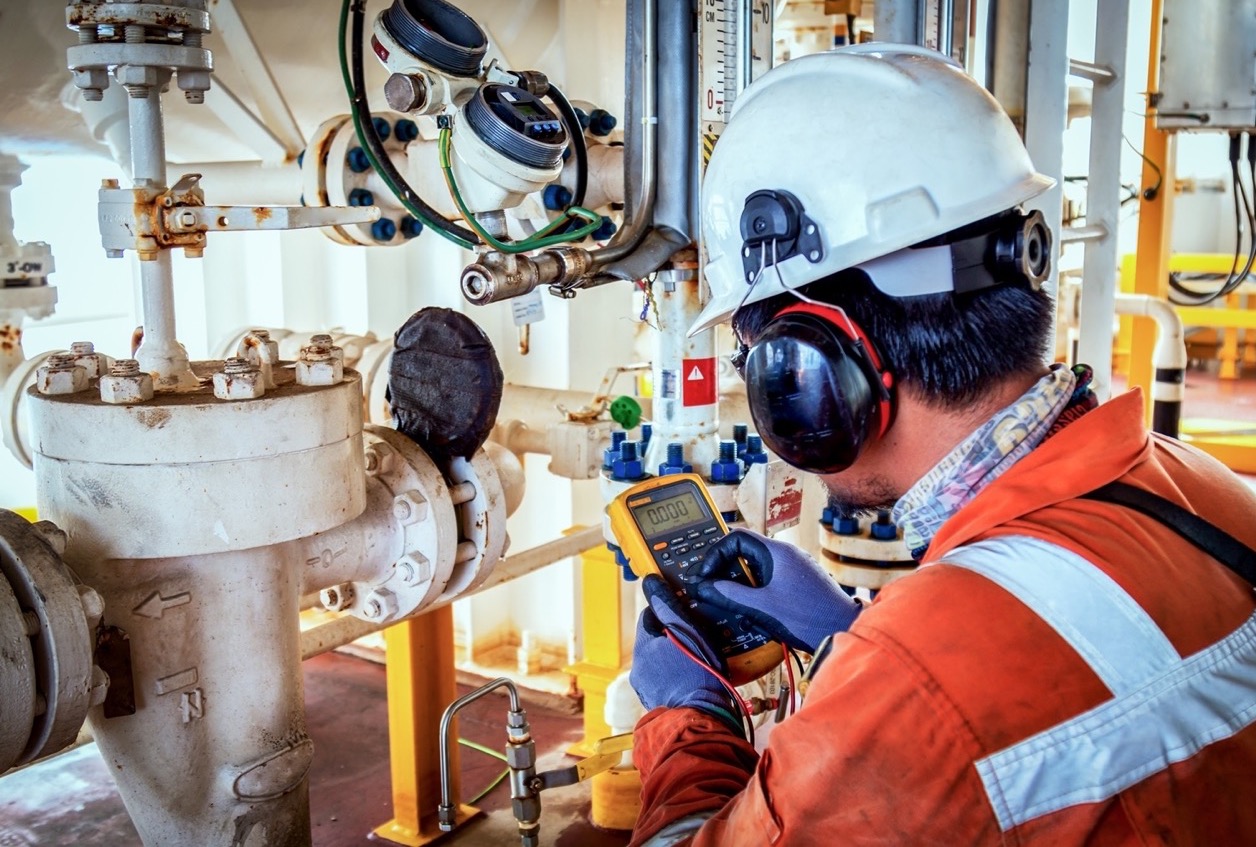

Articles
What Is Saturation In HVAC
Modified: December 7, 2023
Learn everything you need to know about saturation HVAC with our comprehensive articles. Enhance your knowledge and optimize your HVAC system.
(Many of the links in this article redirect to a specific reviewed product. Your purchase of these products through affiliate links helps to generate commission for Storables.com, at no extra cost. Learn more)
Introduction
Welcome to the world of HVAC (Heating, Ventilation, and Air Conditioning), where technological advancements continue to shape the way we control the temperature and air quality of our indoor environments. One of the emerging technologies in the HVAC industry is Saturation HVAC, a system that offers significant improvements in energy efficiency and comfort.
Saturation HVAC is a revolutionary approach to air conditioning that aims to achieve optimal indoor conditions while minimizing energy consumption. By harnessing the principles of thermodynamics and the properties of water, Saturation HVAC offers a more sustainable and effective solution compared to traditional HVAC systems.
This article will delve into the concept of Saturation HVAC, exploring its definition, working principles, advantages, disadvantages, and applications. Whether you are a homeowner, building manager, or simply curious about innovative HVAC technologies, this article will provide you with a comprehensive understanding of Saturation HVAC and its potential benefits.
Key Takeaways:
- Saturation HVAC, also known as evaporative cooling, offers energy-efficient and eco-friendly air conditioning by harnessing water evaporation. It provides cost savings, improved air quality, and flexibility of operation, making it a compelling choice for sustainable cooling solutions.
- While Saturation HVAC offers energy efficiency and effective cooling, it is dependent on climate and requires regular maintenance. Its applications range from residential and commercial buildings to industrial facilities, agricultural settings, and outdoor spaces, providing versatile and sustainable cooling solutions.
Read more: What Is A HVAC Contractor
Definition of Saturation HVAC
Saturation HVAC, also known as evaporative cooling, is a specialized air conditioning system that uses water evaporation to lower the temperature of indoor spaces. Unlike traditional HVAC systems that rely on refrigerants and compressors to cool the air, Saturation HVAC utilizes the natural cooling properties of water.
In a Saturation HVAC system, warm air from the surrounding environment is drawn through an evaporative media, such as wet filters or pads. As the air passes over the moistened surfaces, the water evaporates, absorbing heat from the air and resulting in a drop in temperature. The cooled air is then circulated back into the indoor space.
One of the key features of Saturation HVAC is its ability to control both temperature and humidity. As the air passes through the evaporative media, not only is it cooled, but excess moisture is also removed. This helps to create a comfortable indoor environment with balanced humidity levels, which is beneficial for occupant comfort and health.
It is worth noting that Saturation HVAC systems work best in dry climates where there is a significant difference between the dry bulb temperature and wet bulb temperature. In humid environments, the effectiveness of the system may be reduced as the air already contains a significant amount of moisture.
Saturation HVAC can be implemented in various settings, from residential homes to commercial buildings, industrial facilities, and even outdoor spaces. Its flexibility and efficiency make it an appealing alternative to conventional air conditioning systems, especially in regions with hot and dry climates.
How Saturation HVAC Works
Saturation HVAC systems operate on the principle of evaporative cooling, harnessing the natural process of water evaporation to cool and condition the air within an indoor environment. The system consists of several key components that work together to achieve efficient and effective cooling:
- Evaporative Media: The heart of the Saturation HVAC system is the evaporative media, which can be in the form of wet filters, pads, or panels. This media is designed to hold and distribute water, allowing the air to pass through and come into contact with the moistened surface.
- Water Supply: A water source is necessary to keep the evaporative media saturated. This can be accomplished through a dedicated water line or through a reservoir that is periodically filled. The water supply should be clean and free from impurities to prevent clogging and ensure the longevity of the system.
- Air Circulation: A fan or blower is used to draw warm air from the indoor environment and direct it through the evaporative media. As the air passes over the wet surface, evaporation occurs, extracting heat from the air and reducing its temperature.
- Humidity Control: Saturation HVAC systems not only cool the air but also help to control humidity levels. As the air passes over the evaporative media, excess moisture is absorbed, leading to a decrease in humidity. This is particularly advantageous in dry climates or during the summer months when low humidity levels can contribute to greater comfort.
- Air Distribution: Once the air has been cooled and conditioned, it is then distributed back into the indoor space through a network of ducts or vents. The airflow can be adjusted to suit individual preferences and the specific requirements of the space.
The efficiency of Saturation HVAC is largely dependent on external factors such as ambient temperature, humidity levels, and airflow. In hot and dry conditions, the system can achieve significant temperature reductions, sometimes up to 20 degrees Fahrenheit (11 degrees Celsius), providing a refreshing and pleasant indoor environment.
It is important to note that Saturation HVAC systems require proper maintenance to ensure optimal performance. Regular cleaning of the evaporative media and monitoring of the water supply are crucial to prevent blockages, mold growth, and bacterial contamination. Additionally, the system may include controls and sensors to automate the operation and optimize energy efficiency.
Overall, Saturation HVAC offers a sustainable and efficient approach to cooling indoor spaces, utilizing the cooling power of water evaporation to create a comfortable and healthy environment for occupants.
Advantages of Saturation HVAC
Saturation HVAC, also known as evaporative cooling, offers several advantages over traditional air conditioning systems. Here are some of the key benefits:
- Energy Efficiency: Saturation HVAC consumes significantly less energy compared to conventional air conditioning systems. Since the cooling process relies on water evaporation rather than refrigerants and compressors, it requires less electricity to operate. This translates into lower energy bills and reduced environmental impact.
- Cost Savings: As a result of its energy efficiency, Saturation HVAC can result in substantial cost savings over time. The reduced energy consumption leads to lower utility bills, making it an attractive option for residential and commercial buildings alike.
- Environmentally Friendly: Saturation HVAC is an eco-friendly alternative to traditional air conditioning systems. By utilizing water as a cooling agent rather than harmful refrigerants, it helps to minimize greenhouse gas emissions and reduce carbon footprint. It also eliminates the risk of refrigerant leaks, which can be damaging to the ozone layer.
- Improved Air Quality: Saturation HVAC acts as a natural air purifier. The evaporative media filters out dust, pollen, and other airborne particles, improving indoor air quality. It also adds moisture to the air, which can alleviate respiratory issues and dryness associated with overly dry environments.
- Flexibility of Operation: Saturation HVAC systems can operate in various settings, including residential homes, commercial buildings, industrial facilities, and outdoor spaces. They are particularly effective in dry climates, where the difference between dry bulb and wet bulb temperature is significant. The cooling capacity can be easily adjusted to meet the specific requirements of different spaces.
- Natural Humidity Control: Saturation HVAC helps to balance humidity levels in a space. As the air passes over the evaporative media, excess moisture is absorbed, leading to a decrease in humidity. This can be beneficial in dry climates, where low humidity levels can cause discomfort and health issues.
- Ease of Maintenance: Saturation HVAC systems are relatively simple and require minimal maintenance compared to traditional air conditioning systems. Regular cleaning of the evaporative media, checking the water supply, and replacing filters are the primary maintenance tasks.
Overall, Saturation HVAC is an energy-efficient, cost-effective, and environmentally friendly cooling solution that offers improved air quality and humidity control. Its advantages make it a compelling option for those seeking sustainable and effective ways to cool their indoor spaces.
Tip: Saturation HVAC refers to the point at which air holds the maximum amount of water vapor. It’s important to maintain proper humidity levels for comfort and to prevent issues like mold growth.
Disadvantages of Saturation HVAC
While Saturation HVAC offers many benefits, it also has a few limitations and disadvantages that should be considered. Here are some of the potential drawbacks:
- Dependent on Climate: Saturation HVAC systems work best in hot and dry climates where there is a significant difference between the dry bulb temperature and wet bulb temperature. In humid climates, the effectiveness of the system may be reduced as the air already contains a significant amount of moisture. The cooling capacity of Saturation HVAC can be limited in regions with high humidity.
- Water Usage: Saturation HVAC systems require a constant supply of water to keep the evaporative media saturated. This means that they consume a certain amount of water on a regular basis. In areas with water scarcity or high water costs, this can be a concern. However, it is worth noting that Saturation HVAC systems typically use less water compared to other cooling methods, such as traditional air conditioning units.
- Limited Temperature Reduction: While Saturation HVAC can provide significant temperature reductions in certain conditions, it may not achieve the same level of cooling as conventional air conditioning systems using refrigerant-based technology. In extremely hot environments, the system may struggle to lower the indoor temperature to the desired level.
- Maintenance Considerations: Saturation HVAC systems require regular maintenance to ensure optimal performance. The evaporative media needs to be cleaned and replaced periodically to prevent clogging and the buildup of mold or bacteria. Regular monitoring of the water supply and filtration system is also necessary to maintain the system’s efficiency and prevent any potential health risks.
- Odor and Air Quality: In certain cases, Saturation HVAC systems may generate an odor, especially when the water used is not properly treated or filtered. This can lead to a less pleasant indoor environment. However, regular maintenance and proper treatment of the water supply can help mitigate this issue.
- Space and Installation Requirements: Saturation HVAC systems require additional space for the evaporative media and water supply. This means that the system may not be suitable for all types of buildings or spaces, especially those with limited available space. Additionally, the installation process may require modifications to the existing ductwork and ventilation systems.
Despite these disadvantages, Saturation HVAC remains a viable and sustainable cooling solution, especially in regions with hot and dry climates. Understanding the limitations and considering the specific requirements of the space can help in making an informed decision about the suitability of Saturation HVAC for a particular application.
Read more: What Is A HVAC Company
Applications of Saturation HVAC
Saturation HVAC, with its energy efficiency, eco-friendly operation, and effective cooling capabilities, finds applications in various settings. Here are some common applications of Saturation HVAC:
- Residential Buildings: Saturation HVAC systems are suitable for cooling individual homes, apartments, and residential complexes. They provide an energy-efficient alternative to traditional air conditioning units, offering cost savings for homeowners while maintaining comfortable indoor environments.
- Commercial Buildings: Saturation HVAC is increasingly being adopted in commercial buildings, including offices, retail stores, restaurants, and hotels. The system helps create a comfortable and pleasant environment for customers, clients, and employees, while keeping energy consumption and costs under control.
- Industrial Facilities: Saturation HVAC has applications in industrial settings where maintaining optimal temperature and humidity levels is crucial. Industries such as data centers, manufacturing plants, warehouses, and food processing facilities can benefit from Saturation HVAC’s efficient cooling and humidity control capabilities.
- Agricultural and Horticultural Applications: Saturation HVAC plays a significant role in agricultural and horticultural settings, particularly in greenhouses. The system effectively cools the environment while maintaining ideal humidity levels for plant growth, creating optimal conditions for crop cultivation.
- Outdoor Cooling: Saturation HVAC systems can be used to cool outdoor spaces such as patios, restaurants, and entertainment venues. By creating a cool and refreshing outdoor environment, Saturation HVAC enhances the overall experience for patrons during hot summer months.
- Sports and Recreational Facilities: Saturation HVAC is utilized in sports arenas, gyms, and recreational centers to provide a comfortable environment for athletes and participants. The system helps regulate temperature and humidity levels while minimizing energy consumption.
- Data Centers: Data centers require precise temperature and humidity control to protect sensitive electronic equipment. Saturation HVAC offers an effective cooling solution that optimizes energy efficiency and ensures the stable operation of servers and other critical hardware.
It is essential to consider the specific requirements, size, and environmental conditions of each application when determining the suitability of Saturation HVAC. Consulting with HVAC professionals can help identify the ideal setup and ensure proper installation to achieve maximum efficiency and performance.
Conclusion
Saturation HVAC, also known as evaporative cooling, presents a promising solution in the field of air conditioning, offering a more energy-efficient and environmentally friendly alternative to traditional HVAC systems. By harnessing the cooling power of water evaporation, Saturation HVAC effectively lowers indoor temperatures while providing humidity control and improved air quality.
Throughout this article, we explored the definition and working principles of Saturation HVAC. We discussed its advantages, including energy efficiency, cost savings, environmental friendliness, improved air quality, and flexibility of operation. We also examined the system’s limitations and drawbacks, such as its dependence on climate, water usage, and requirements for maintenance.
Saturation HVAC finds applications in various settings, ranging from residential homes and commercial buildings to industrial facilities, agricultural environments, and outdoor spaces. Its versatility and effectiveness make it a compelling choice for those seeking efficient and sustainable cooling solutions.
As technology continues to evolve, Saturation HVAC represents a significant step forward in the HVAC industry, offering a greener and more efficient approach to air conditioning. However, it is important to consider the specific requirements and climate conditions of each application before implementing this technology.
In conclusion, Saturation HVAC is a promising solution for achieving comfortable indoor environments with reduced energy consumption, cost savings, and improved air quality. By utilizing the natural process of water evaporation, it presents a viable option for those seeking to enhance the efficiency and sustainability of their cooling systems. As more advancements are made in this field, Saturation HVAC is expected to continue evolving and establishing its place as a viable alternative to traditional air conditioning systems.
Frequently Asked Questions about What Is Saturation In HVAC
Was this page helpful?
At Storables.com, we guarantee accurate and reliable information. Our content, validated by Expert Board Contributors, is crafted following stringent Editorial Policies. We're committed to providing you with well-researched, expert-backed insights for all your informational needs.
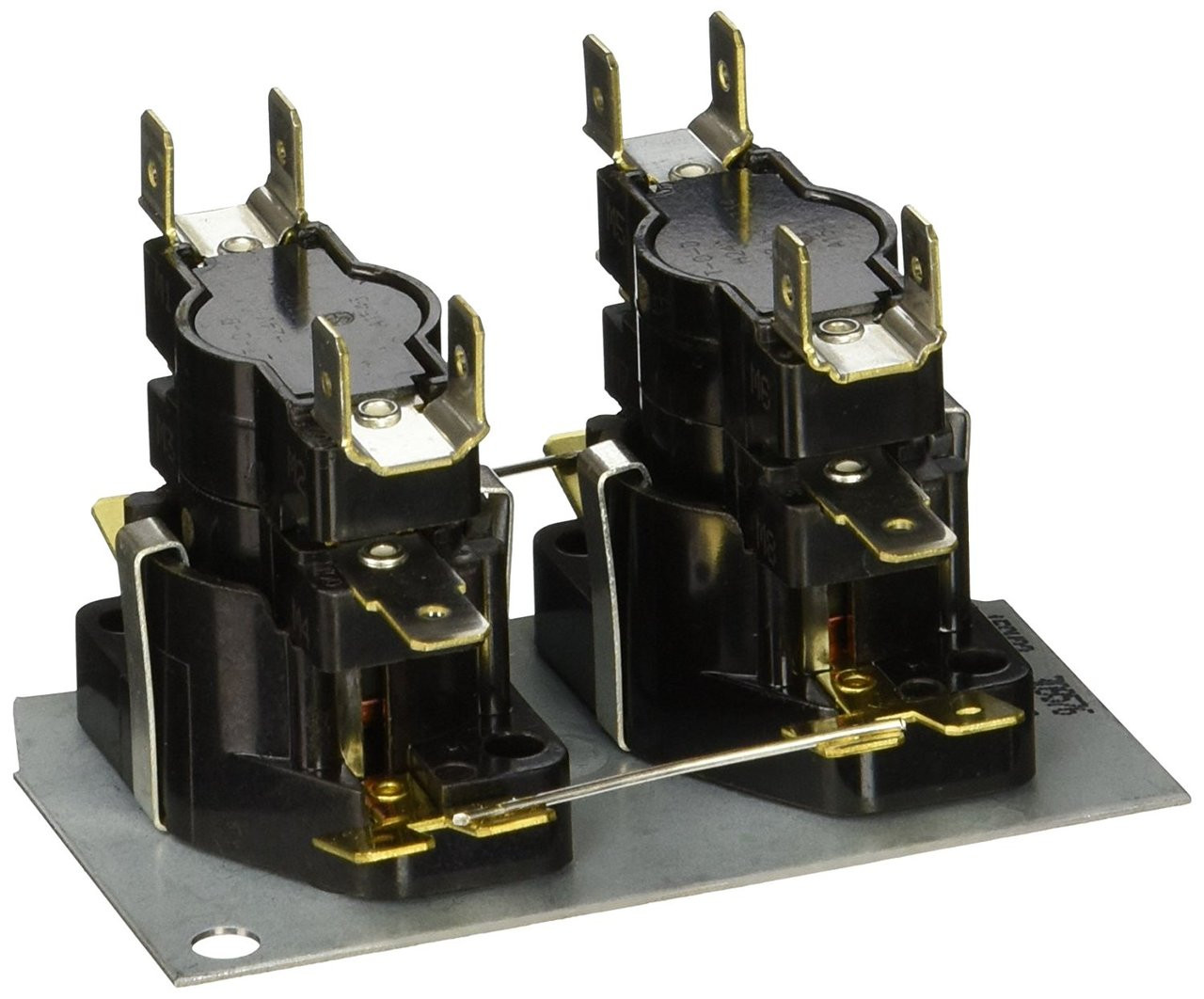
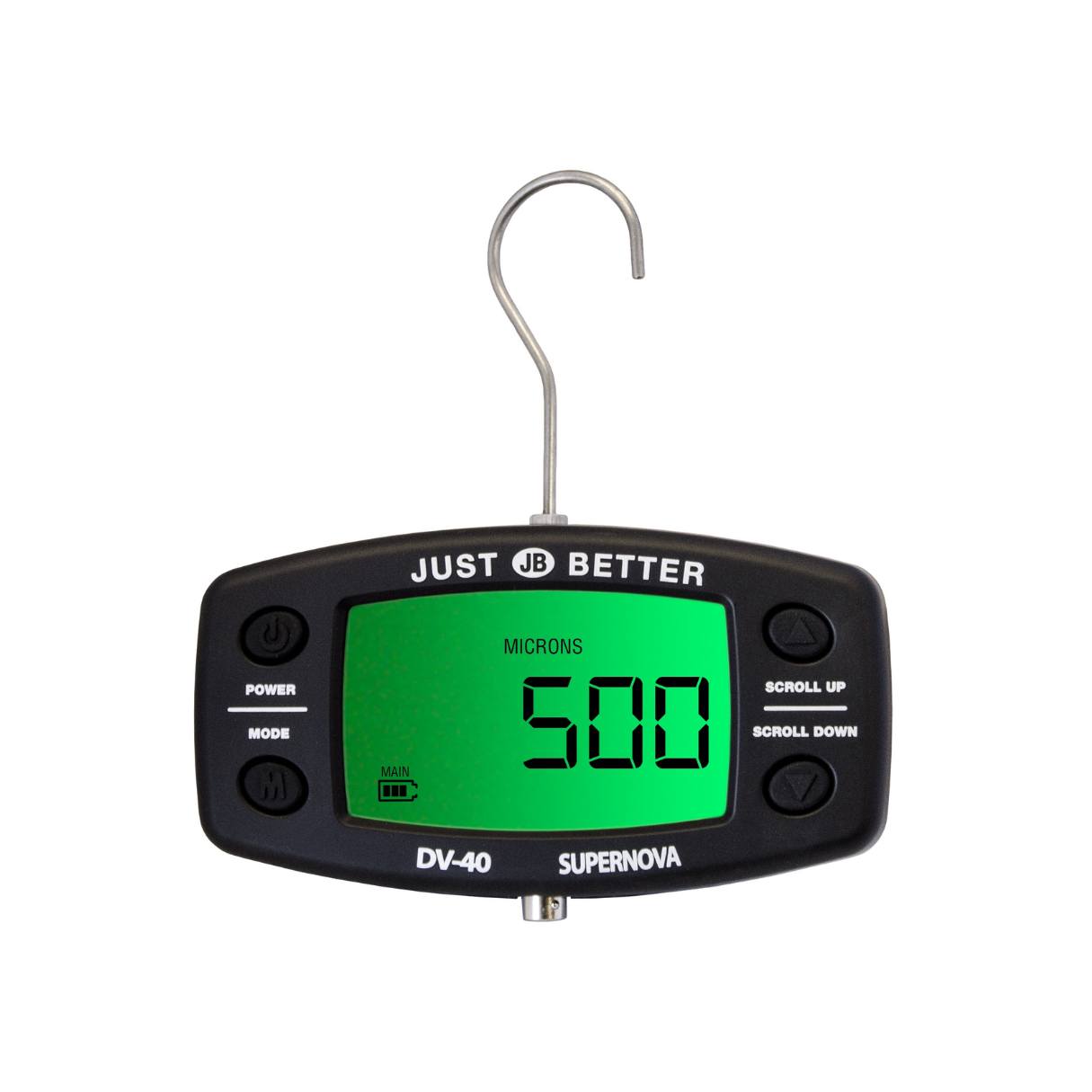
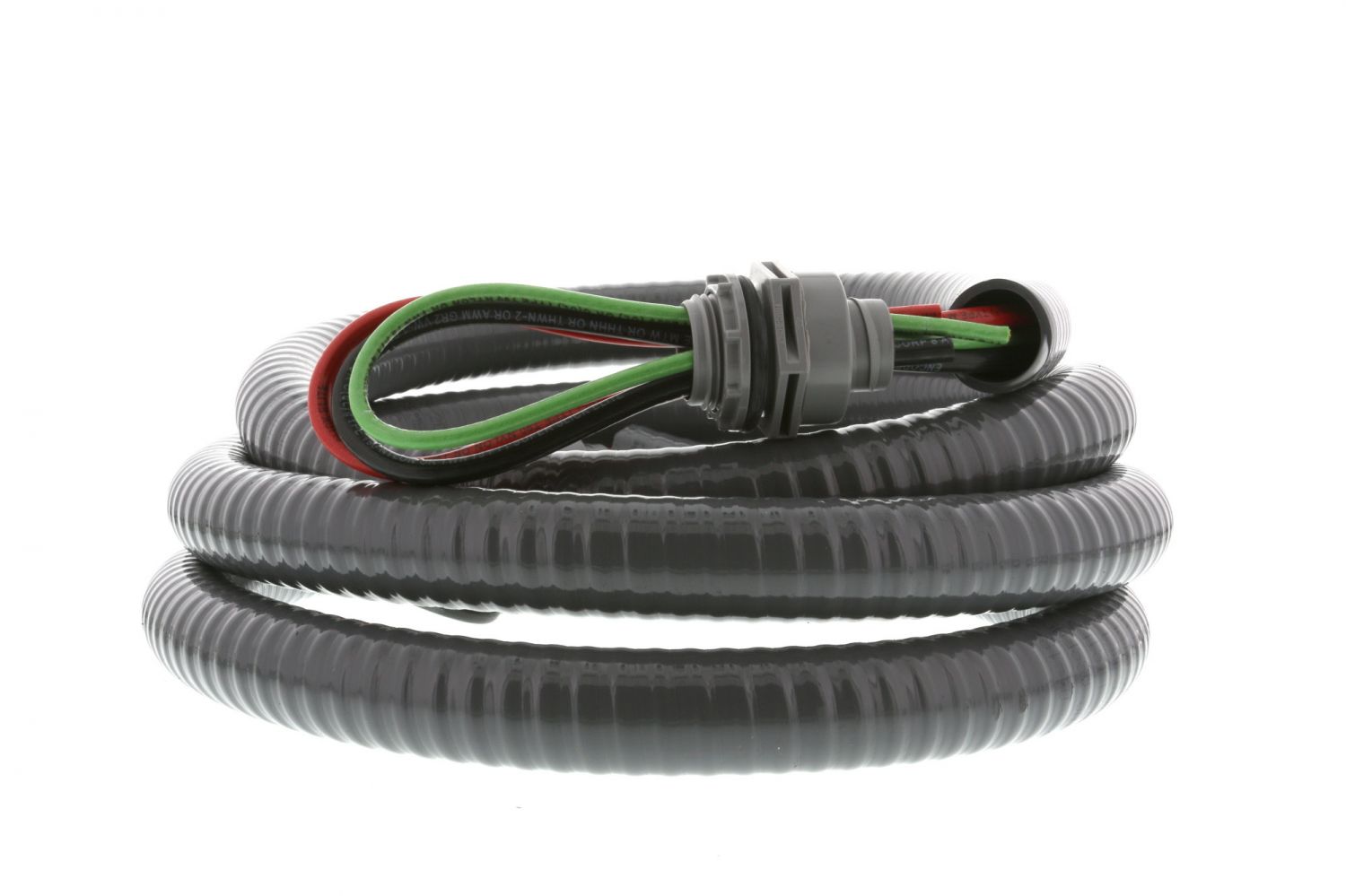
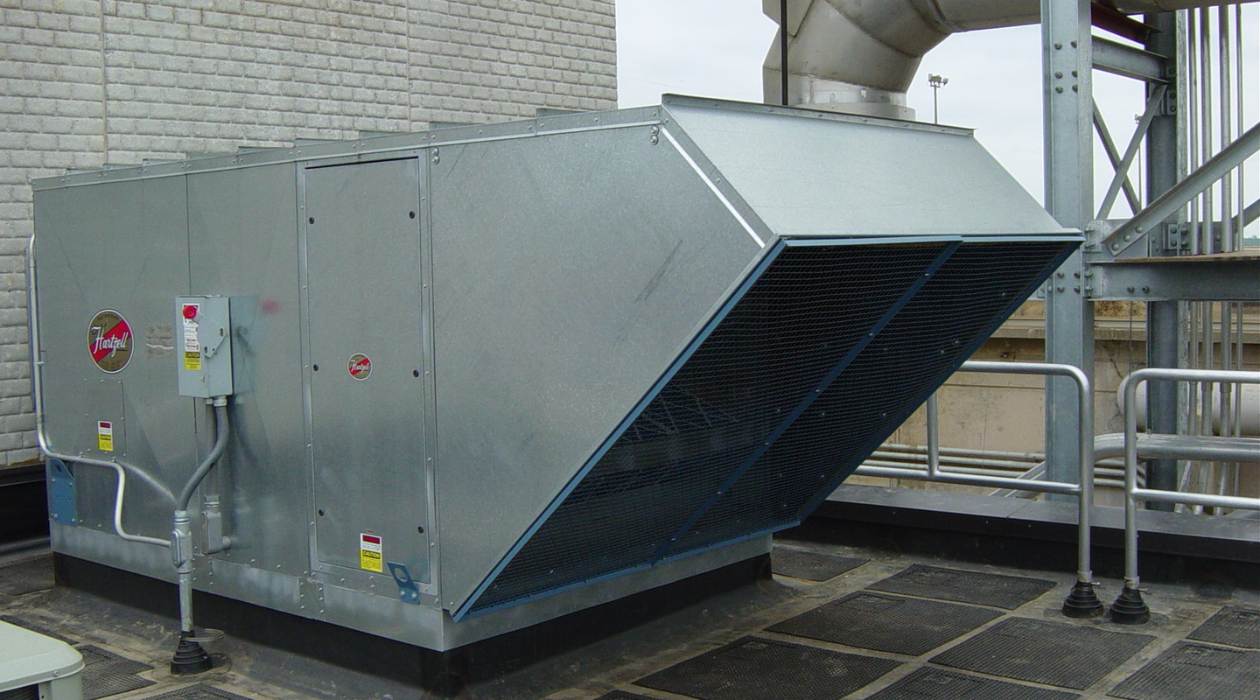
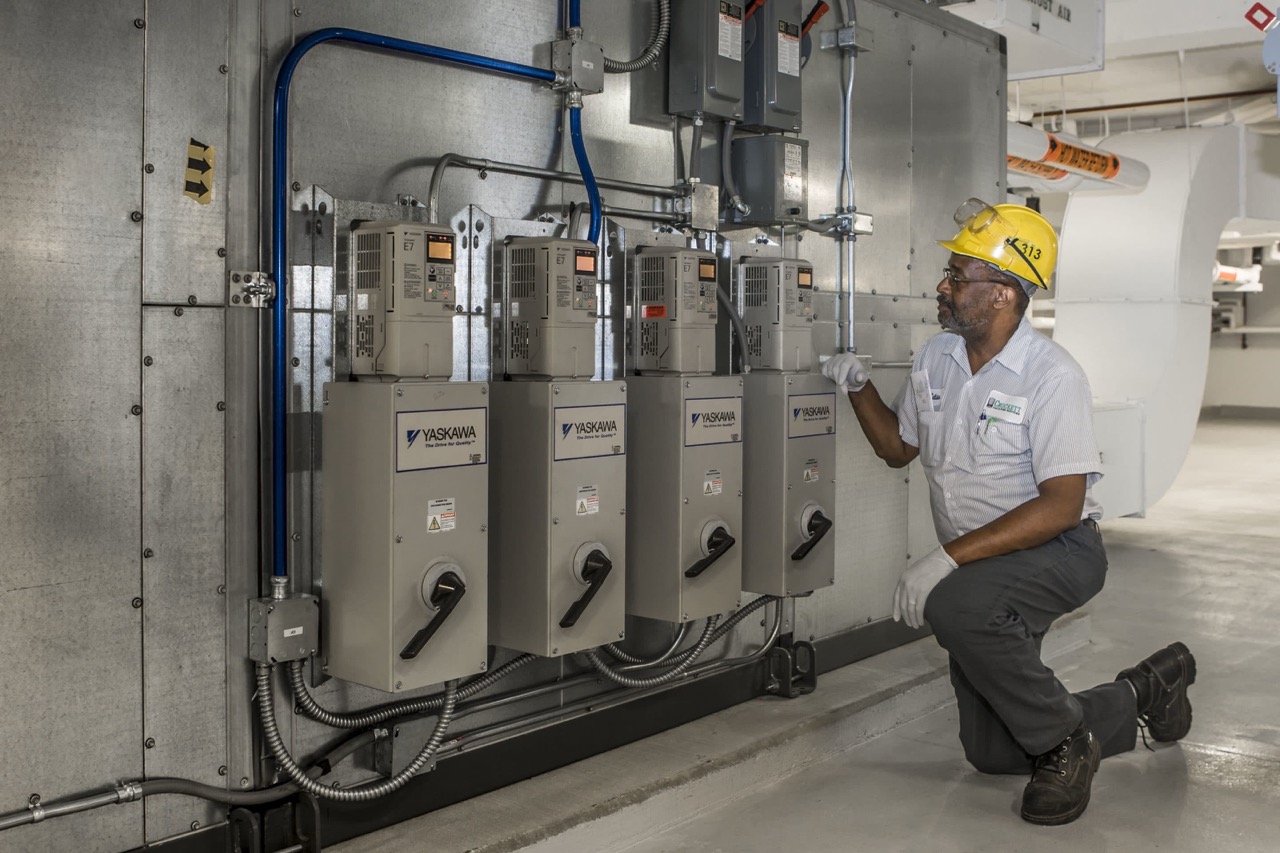
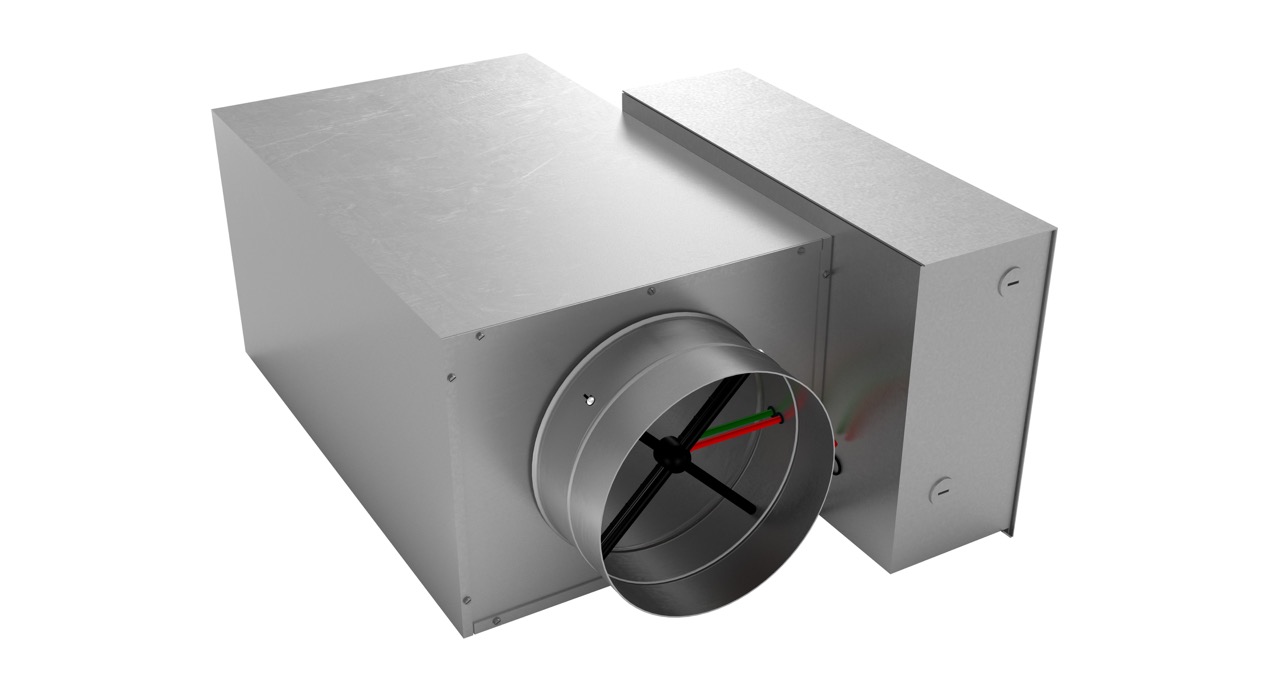
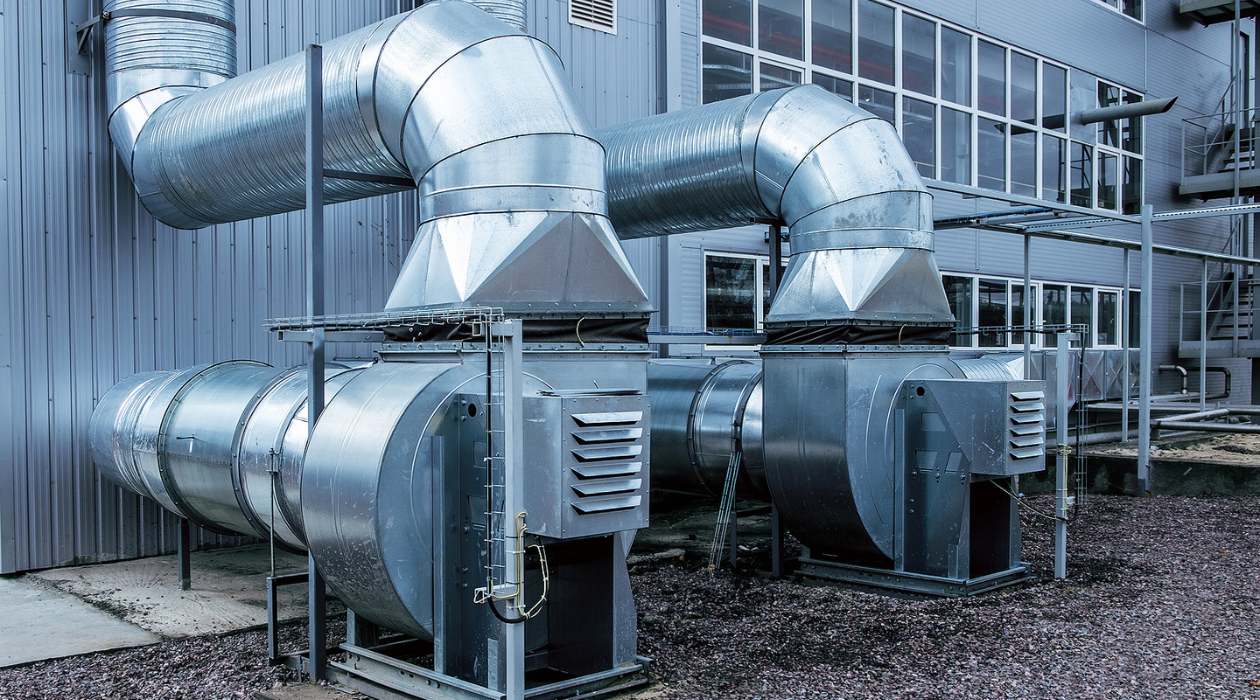
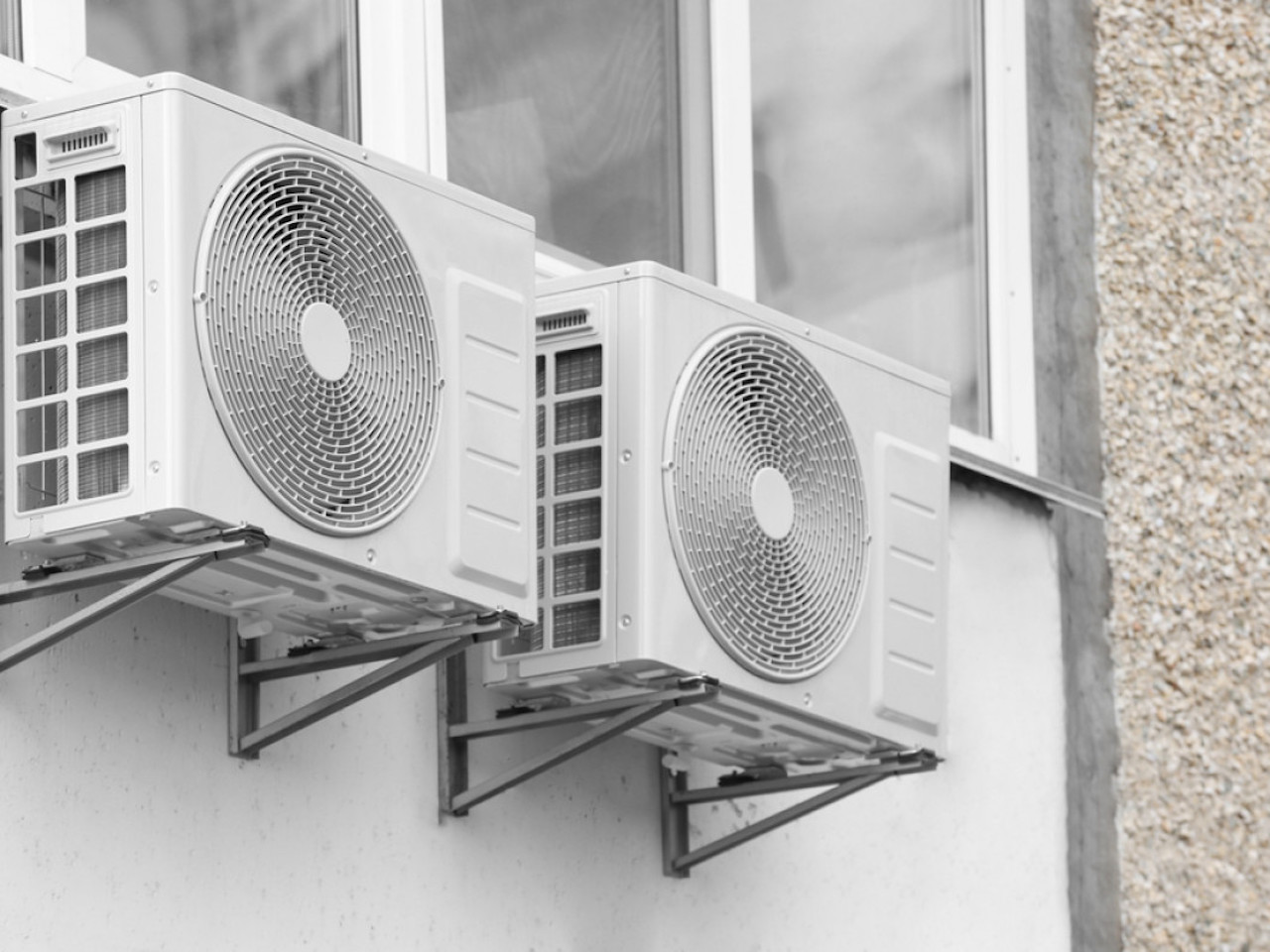
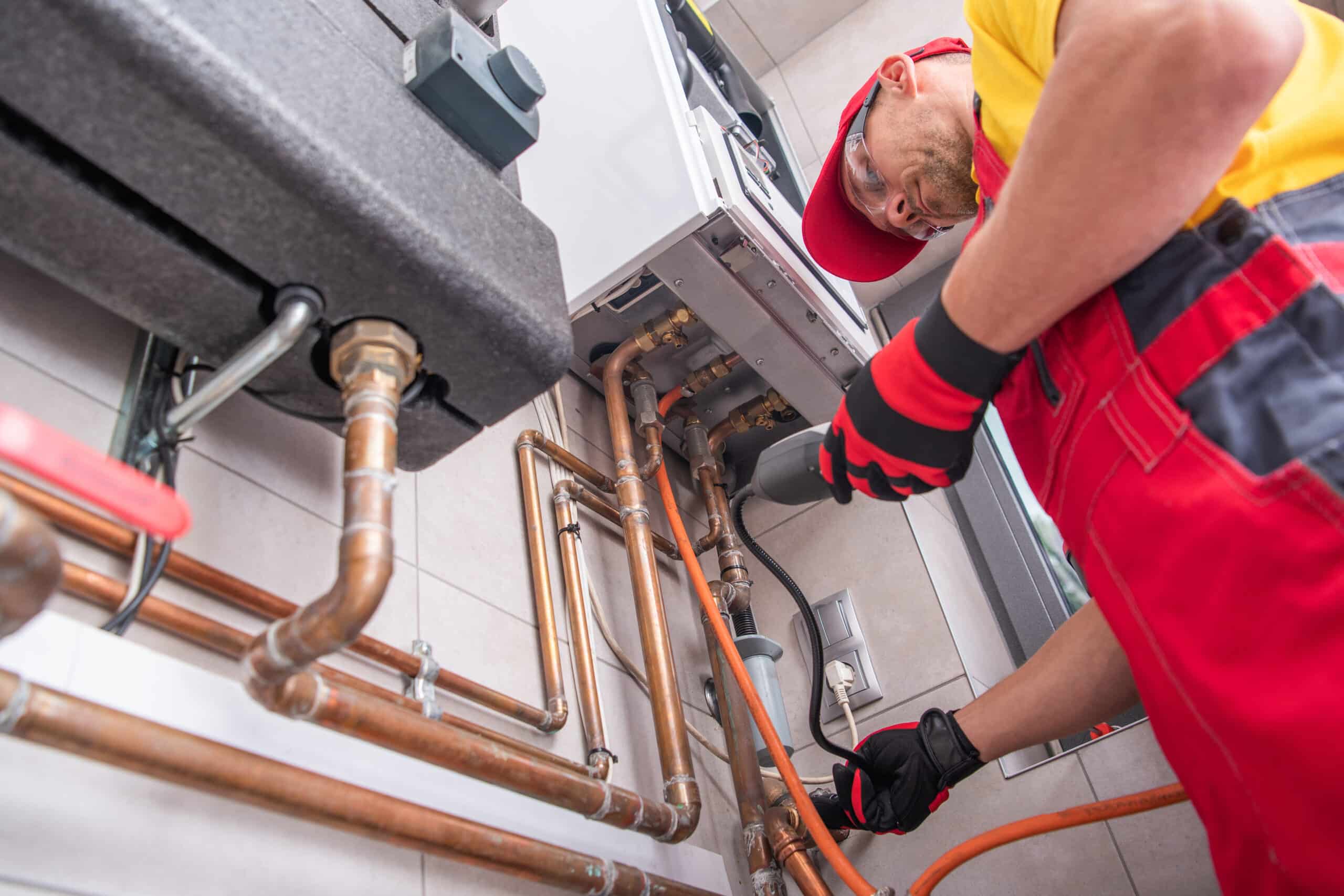
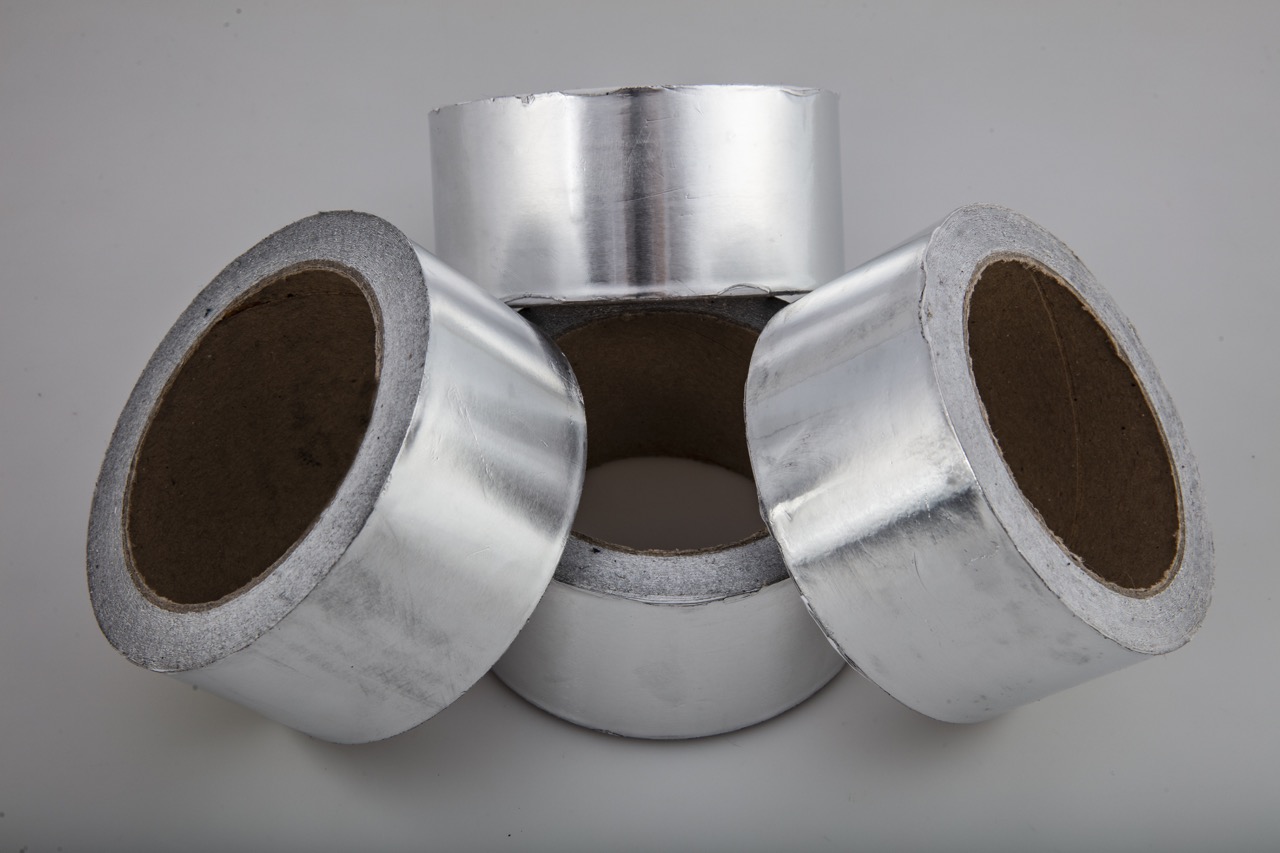
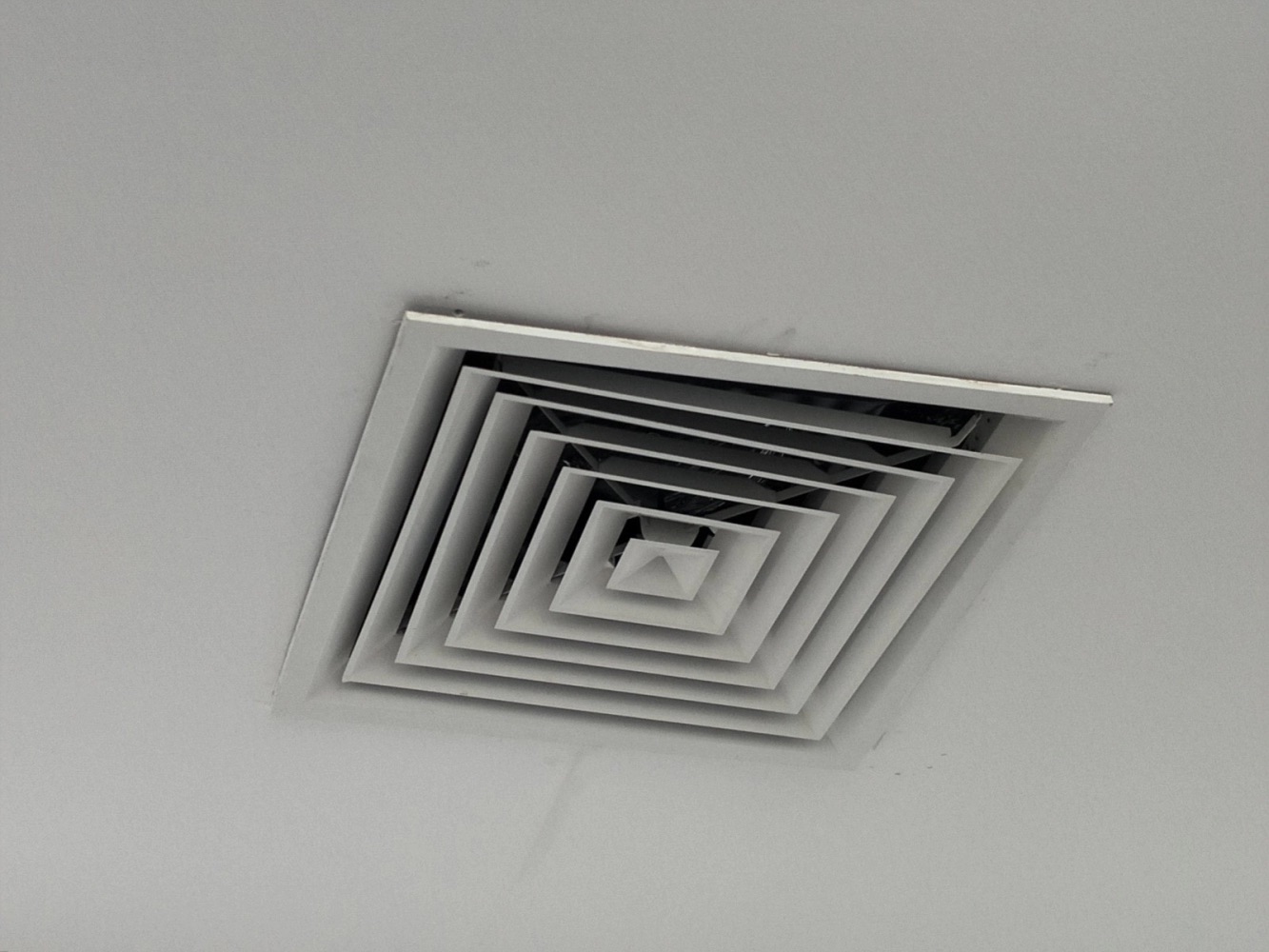
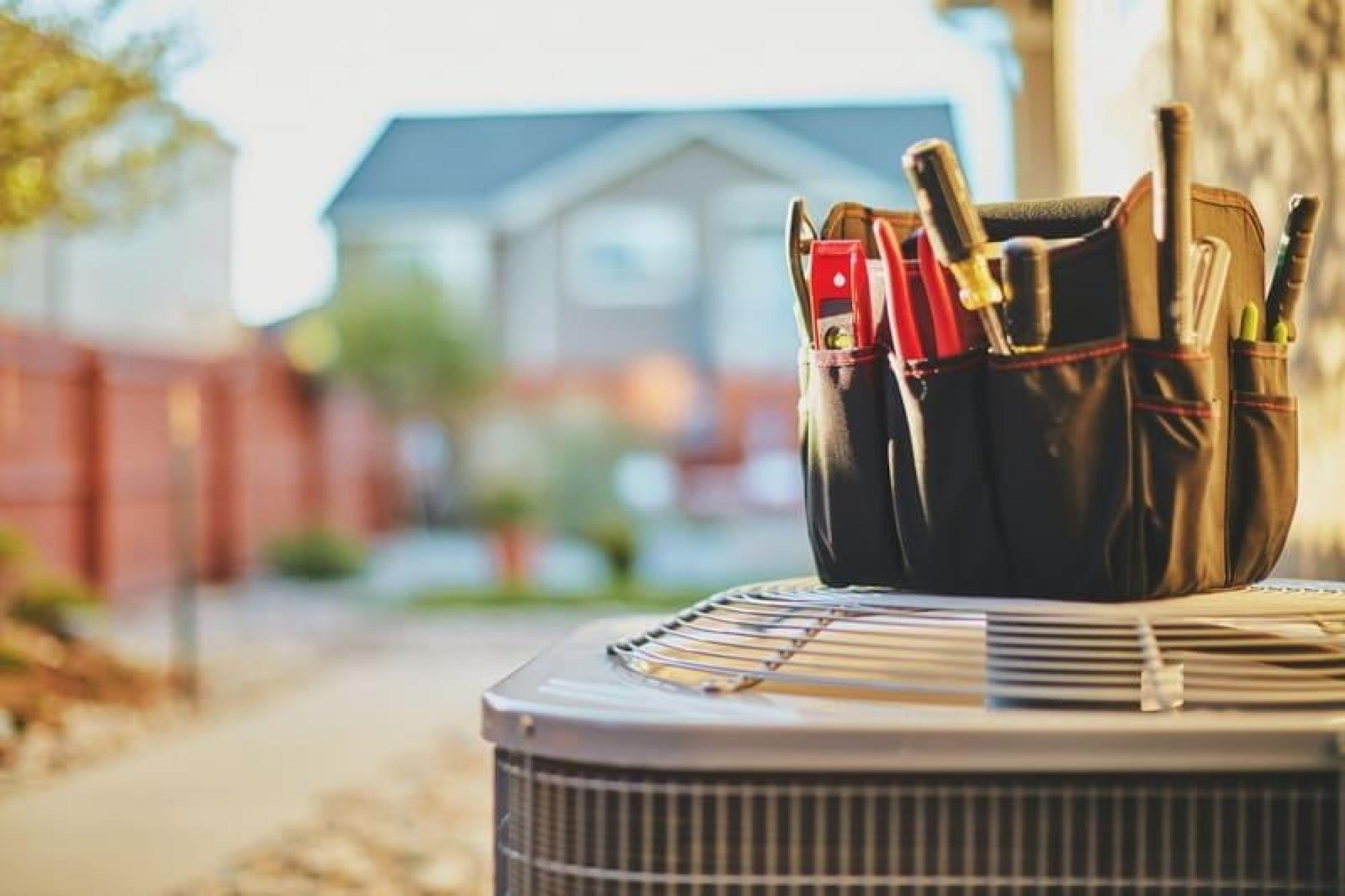
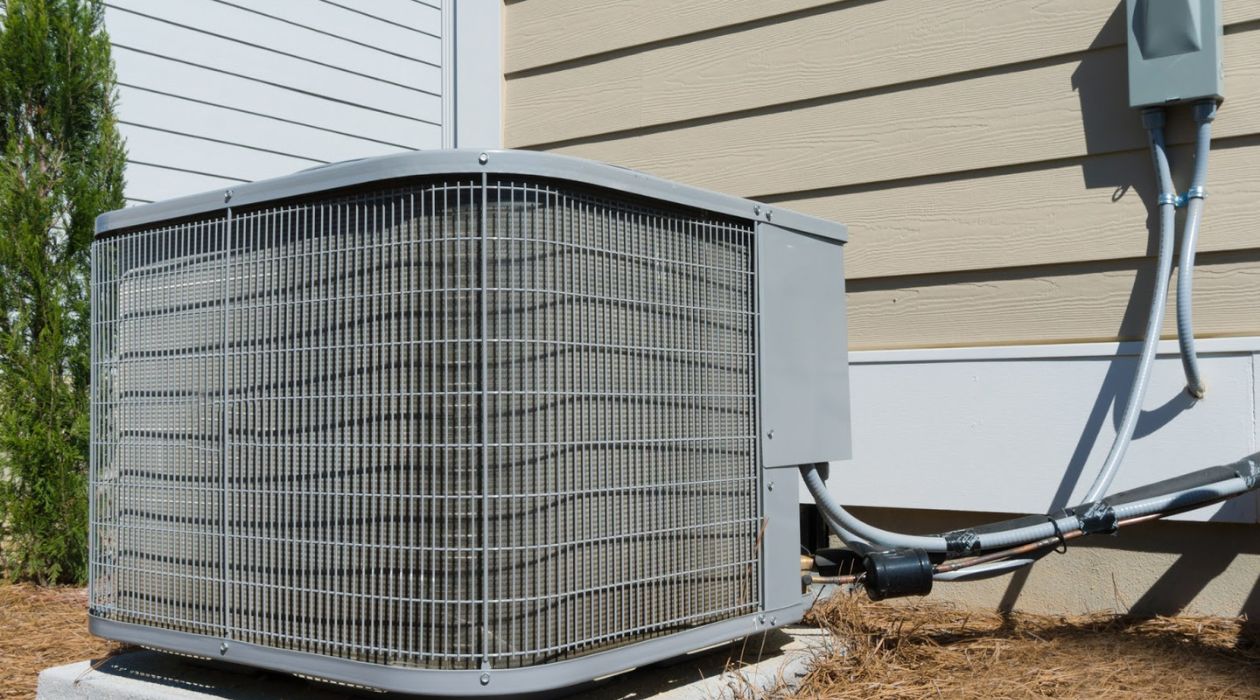
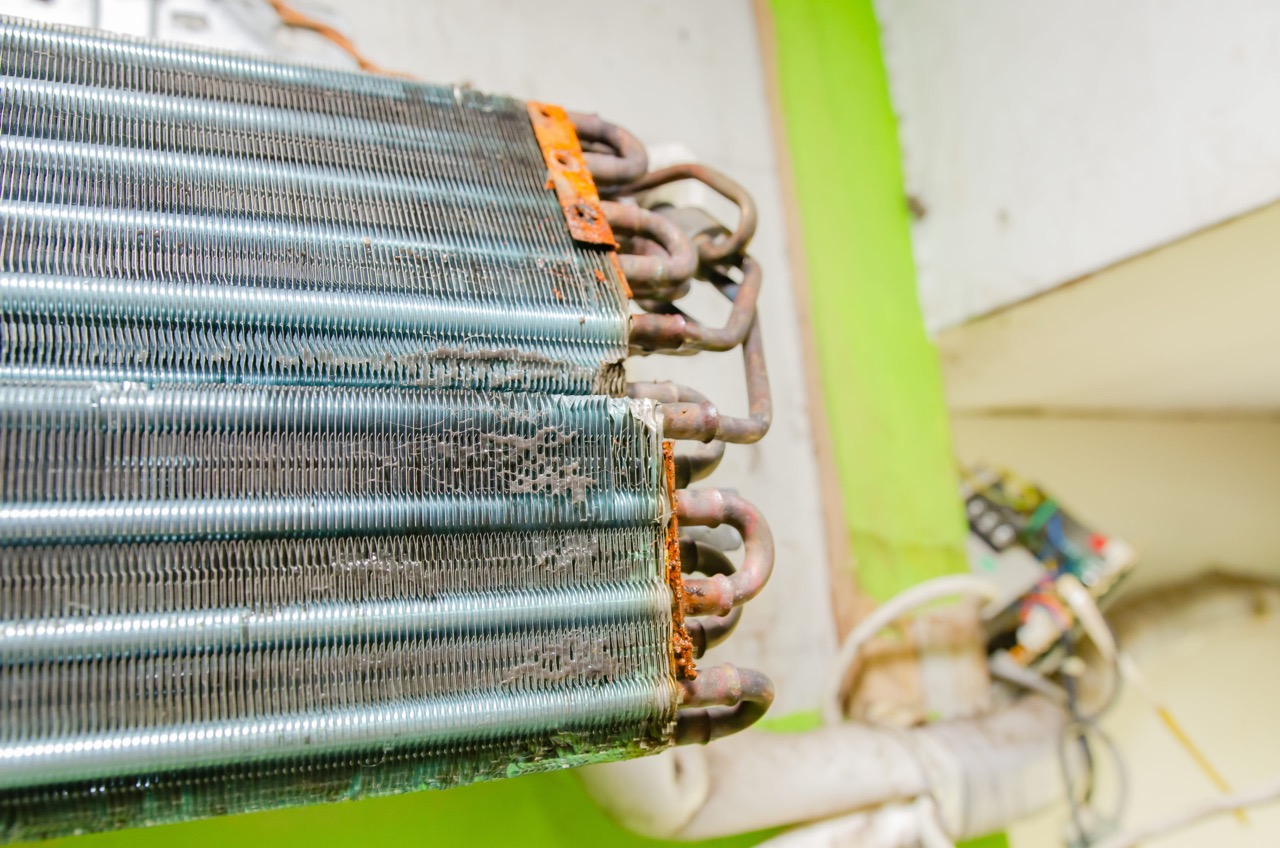

0 thoughts on “What Is Saturation In HVAC”